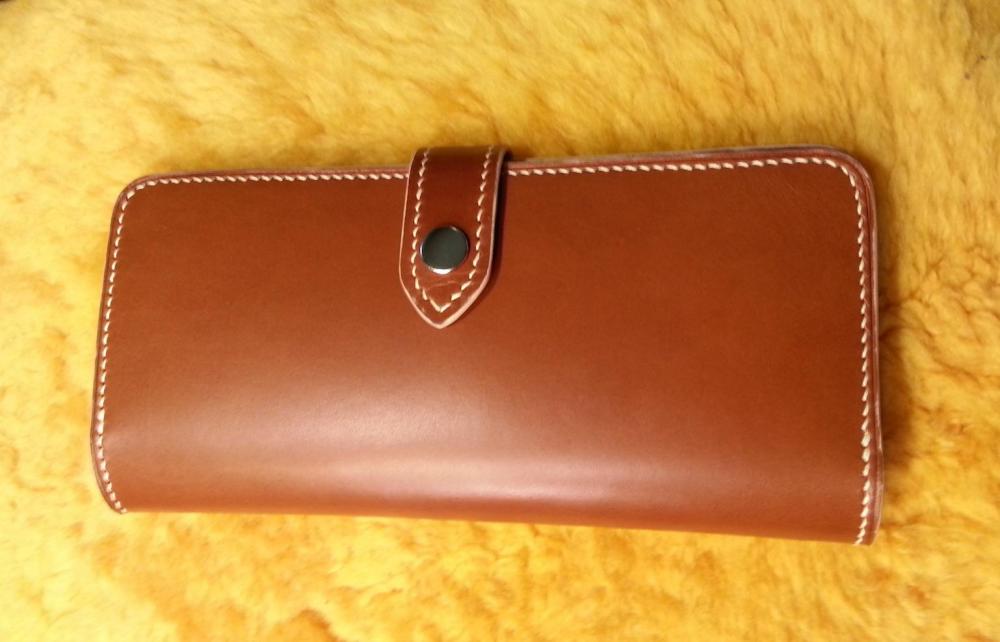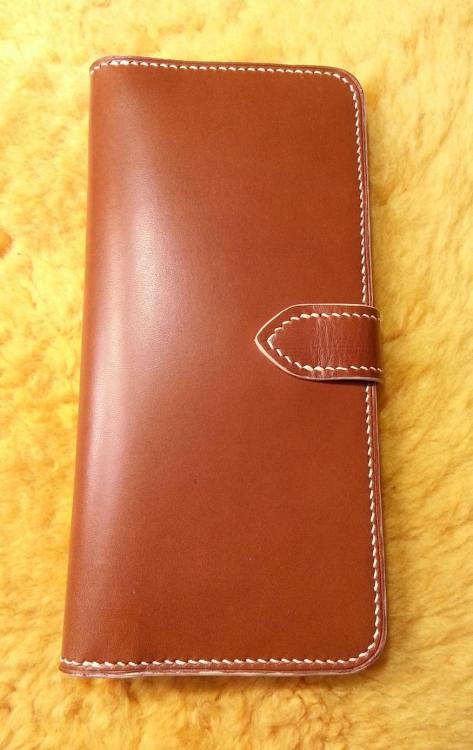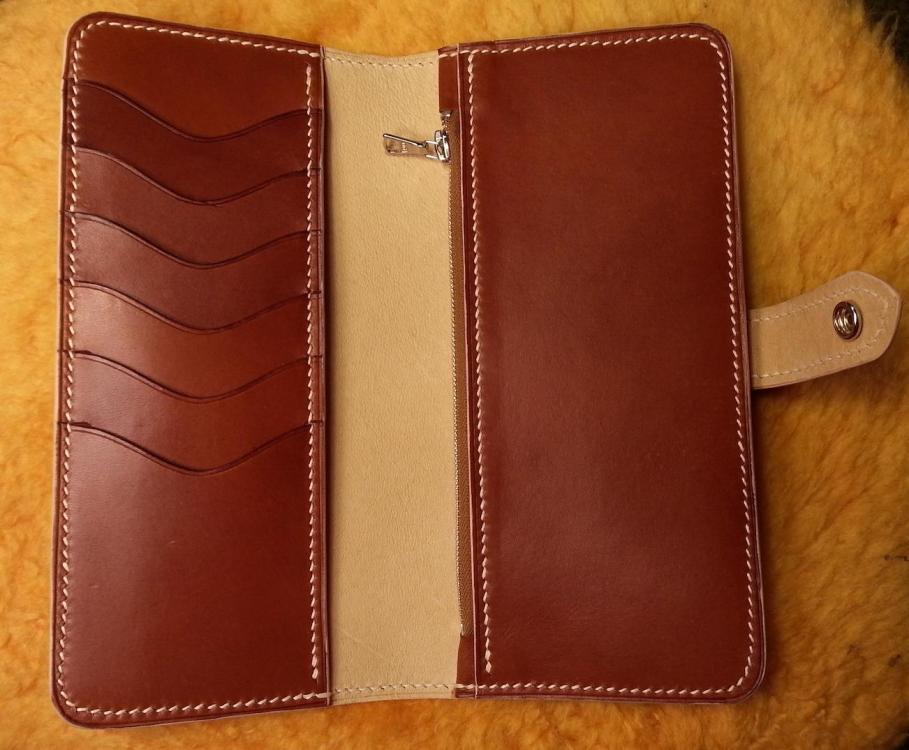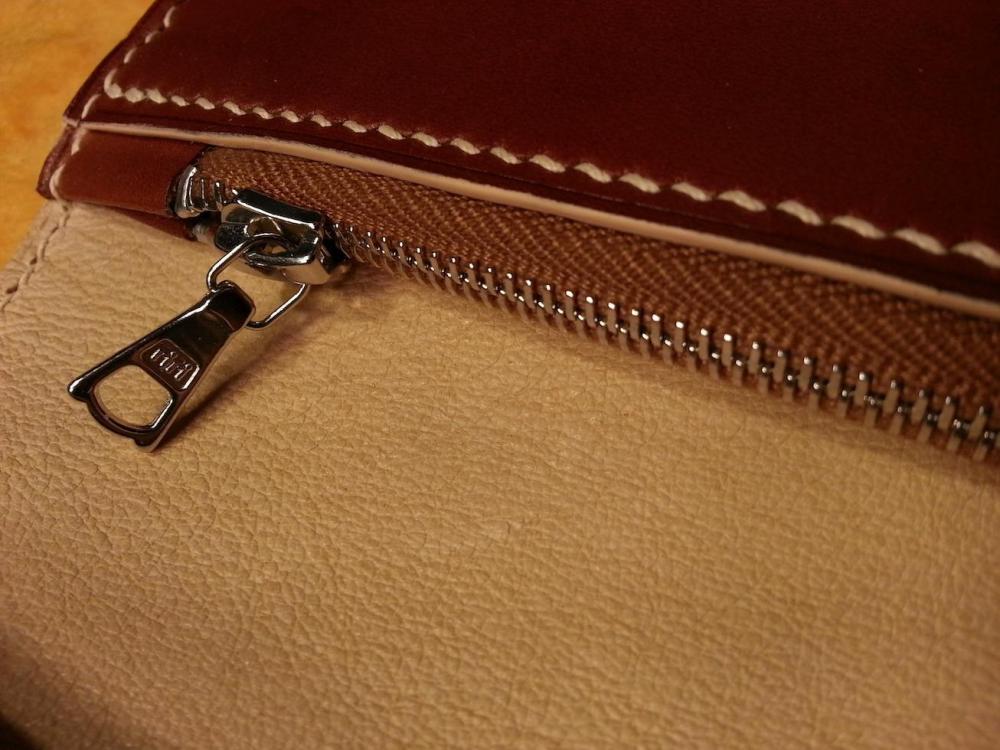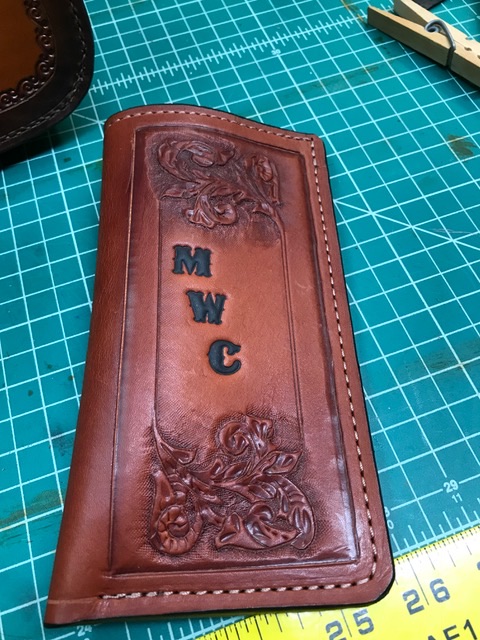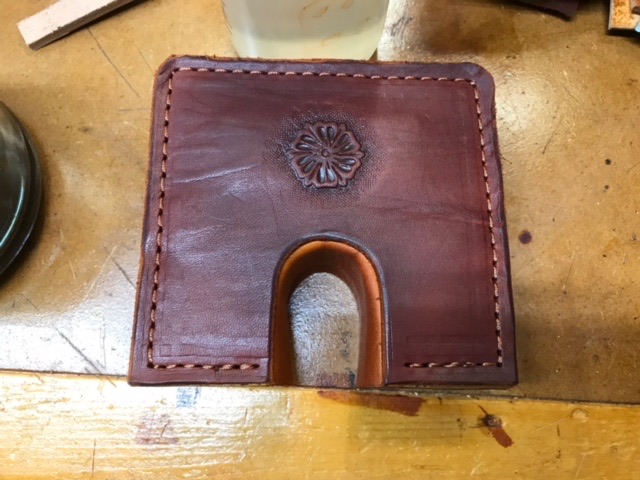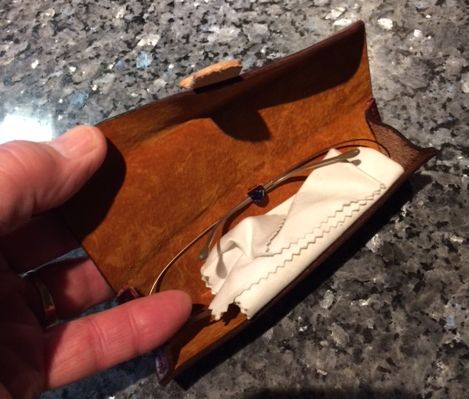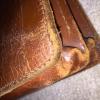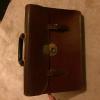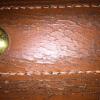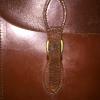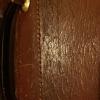Search the Community
Showing results for tags 'bridle leather'.
-
Yet another black halter. This client asked for a fancy-shaped, padded crown, so I learned how to cut and sew curves. Living on the edge.
- 5 replies
-
- halter
- bridle leather
-
(and 1 more)
Tagged with:
-
I've been busy cleaning bells and making up new strap work. This is my latest project- cleaning and reinstalling antique brass sleigh bells on new strapwork as a neck strap for a horse. 15 graduated bells, largest is a number 10, bells get smaller closer to the buckle. Handstamped border, rich Chestnut bridle leather liner , tapered strap that swells out at each bell. Handstitched and creased keeper, chape and billet. Unfortunately, these are the only pics I can load, I don't know how to make the files smaller
- 9 replies
-
- neck strap
- bridle leather
-
(and 2 more)
Tagged with:
-
The supply chain has sorted itself out after almost 1 year, and I was able to buy more of my favorite brass hardware for halters. This is a late Christmas present for my co-worker. She and I are in the equine care and sanitation business. My prior administrative job prepared me well for shoveling horse$#it.
-
"I only want to see you riding in the purple reins." Couldn't resist. Yesterday's project was replacing the buckle ends of a friend's reins. Torn in two. Got a pretty good color match with existing - that's dark brown Fenice Colorfast dye. These rubber grips are nylon webbing coated with rubber. A piece of web inserts into a split in the leather strap and is sewn in place. I prefer grips that slide over a continuous leather strap. The cuffs covering the junction of leather strap and rubber grips are a little different than existing but I think they'll pass inspection.
- 2 replies
-
- bridle leather
- reins
-
(and 1 more)
Tagged with:
-
Made some rubber reins using Equus grips from Abbey England and HO bridle leather. These grippy reins are used for jumping and cross country courses. Had fun sealing the edges with beeswax using an old Dixon edge iron from @PeterMain. Shout out to @jcuk for the tip about locating the fixed loop closer to the bar of the buckle.
- 9 replies
-
- bridle leather
- equine tack
-
(and 1 more)
Tagged with:
-
Halter with padded crown and nose band, and a rolled throat strap. Hermann Oak bridle leather in havana. Supply chain has me waiting for more heavy brass hardware, so I guess I'll learn something new.
- 4 replies
-
- tack
- bridle leather
-
(and 2 more)
Tagged with:
-
Hello again from North Wales. We're in lock-down again and nobody can travel so I decided to make a travel bag. Obvious really. And it's not just any travel bag. Because I'm half salmon on my mother's side, I have to find a way to swim upstream so I decided to make a bag I couldn't buy hardware for: A Gladstone bag. Yes, yes, I know you can buy Gladstone frames commercially but they looked flimsy and cheap with that 'antique brass' finish that looks nothing at all like antique brass. I made the frame first, sourcing some 1/16th" x 1" brass angle and some 1/8" x 1/2" brass strip. The hinges were ready made 'desk hinges' from a restoration company and measured 1/2" x 3" when opened. They're also 1/8" thick (or 1/4" when closed.) The hinges and frame are rivetted with traditional cold rivets that you hammer the heck out of. Hard work but strong in the ridiculously over-engineered way I happen to like. The catches for the bag are modified 1" roller buckles: The rollers were removed, along with the sides of the buckles the tongues were attached to. The shafts the rollers were around were then wrapped in pig skin to make them a tight fit under the brass straps, giving them enough friction to only move when pushed./ The straps are fitted with Chicago screws with the screw component replaced wit M3 brass countersunk screws that fit flush on the under side pf the frame. The bag itself is English Bridle Hide. 2mm for the main panel and 1.5mm for the end panels because of the need to fold. The compartment is stiffened with 1.5mm carbon fibre plates on 5 sides (including the bottom) and lined with 1mm calf suede. The edges of the main panel (originally 52cm x 110cm) were rolled and the end panels' edges were folded in and sewn through the rolled edge. This was the fiddliest sewing job I've had to date. Working inside the bag half the time, trying to find a needle sized hole in black suede in the dark... I don't recommend it as a pastime. Frame and bag are joined with glue and 13 more Chicago screws on each side. Where the handles are also screwed onto the frame, there is a 1/8" x 1/2" carbon fibre strip on the inside to provide more rigidity. The handles are 1.5mm leather stitched around a 9.5mm cowhide core. The 9.5mm cowhide is sold here for the drive belts of very old lathes and industrial sewing machines. It makes a stiff, firm filler for wrapped handles. There are four rubber feet under the bag, designed for flight cases and fixed through the carbon and leather of the base with Chicago screws again. Mistakes / lessons learned. The frame is the same width as the end panels but should have been about 3/8" wider to account for the fact it's outside of the side panels and the end panels are inside them. The result is that when the hinges lock out, the folding gussets haven't fully opened and still lean into the opening a little. The tabs on the ends of the handles are too long. I feel it would be better aesthetically if they were about 3/4" shorter. I'm considering taking them off, cutting them down just above the rivet holes and reattaching them. Where the hinges are attached, there was only 8mm of brass under them to secure the bag to, hence the two small Chicago screws either end (and either side) of the main frame. These turned out to be inadequate to hold the leather to the frame at the ends. I had to make 1.5mm x 10mm x40mm carbon reinforcing plates, cut away the lining suede and glue and screw those plates in directly under the hinges to securely trap the bag leather. I hope that as the bag gets used the leather will soften and stretch a little with bending and the stress on the screws will diminish. Stay safe. Andrew W-R
- 9 replies
-
- gladstone
- bridle leather
-
(and 1 more)
Tagged with:
-
Used some more Wickett and Craig bridle leather I had, along with some soft lining leather. Still room for improvement, but I'm not embarrassed this time around! Fil au Chinois thread, RiRi zipper. YinTx
- 14 replies
-
- long wallet
- yintx
-
(and 2 more)
Tagged with:
-
Hi I have a strip of Sedgwick English bridle leather in Dark Havana. I’m from Australia and wanting to have a go at making stock horse bridles, just work ones to start with but would like to make some good enough to show horses in eventually. My problem is the leather I have is very shiny, almost glossy on top. Other bridles I’ve seen by well known makers don’t seem to have quite the shine on their bridles that this leather has. Have I brought the wrong type of leather? Help !!!
- 1 reply
-
- bridle leather
- bridle
-
(and 3 more)
Tagged with:
-
Hi there, I am inexperienced when it comes to leather working. Following reading some books and some advice I have a few tools (which seem to be super expensive) and some bridle leather. The thickness of the leather makes it a bit unwieldy and I think the advice was not as good in this area. Having just bought a new computer, a 13" laptop, I would like to make a leather "skin" for it. I propose to cut the leather so its a few mm larger than the computer and simply stick it to the case. This will provide plenty of protection from scratches and bumps etc whist providing some much needed expression of individuality. The thing is I don't know what sort of glue / fixing to use. From using google most people say I need to scratch up the metal to make glue stick which I do not want to do. Also, at the end of its life I would like to take off the leather, clean it up and sell the computer on... My thoughts are that there are some very clever glues now a days. When a credit card arrives for example there seems to be some sort of silicon gel that works paper to plastic. With a prepared piece of leather to metal...? So, can anyone make any recommendations or is this simple the wrong approach for this? Kindest regards, Nicholas
-
My wife's eyeglass case (plastic) was on it's last legs, so I got to use some of the bridle in burgundy I just got from nstarleather. The liner is pigskin. I thinking I may have to do some additional edge treatment. The flap is okay, but the side edges are, as my Scottish friend says, are crrrrap.
- 1 reply
-
- cases
- eyeglass case
-
(and 1 more)
Tagged with:
-
Hi all, This is a heads up that soon we will be launching our online sales page for our accumulated leather that didn't quite make the first-grade specifications. These will be sold in 'lot' jobs on our new website for you to purchase. Navigate your way to our 'Special Offers' page. J & E Sedgwick material is currently being held here at Sedgwicks in Walsall, UK. So once you enquire into the price of the leather using the 'quote' option, we can respond to you with the total cost including shipping. Hopefully you are interested in this topic for genuine J & E Sedgwick leather.
-
Hi all, This is a heads up that soon we will be launching our online sales page for our accumulated leather that didn't quite make the first-grade specifications. These will be sold in 'lot' jobs on our new website for you to purchase. Navigate your way to our 'Special Offers' page. J & E Sedgwick material is currently being held here at Sedgwicks in Walsall, UK. So once you enquire into the price of the leather using the 'quote' option, we can respond to you with the total cost including shipping. Hopefully you are interested in this topic for genuine J & E Sedgwick leather.
-
Dear all, I'm very new to leatherwork and would be immensely grateful for some help with my restoration of a beautiful old Pendragon attache case. The case is probably from the 1950's/60's and is made of thick bridle leather. The leather is dirty, cracked, dry and scuffed/scratched. My aim is to restore and protect it, but I am not looking for an 'as new' finished - I'd like it to show its age and patina. So far I have re stitched some of the seams - now I need to tackle the leather itself. For this I have ordered some Lexol Cleaner, Lexol Conditioner and Skidmore's Beeswax Restoration Cream. Are these products sufficient? Do I need anything else? What order would you use them (I had intended cleaner; beeswax to fill in the cracks; then conditioner - is this correct?). I would like to avoid re-dying the leather but is this the only way to deal with the scuffed edges? Any and all advice gratefully received.
-
Interested in making your own tough and beautiful bridle leather belt? Peter Grove (from Tundra Leather, in Hamilton, Ontario) is instructing a Belt Making Workshop, at Needlework Fabric Shop (Hamilton, Ontario), on June 4th, 2013. Time: 6-9pm. Cost: $65+tax. See the link below to register for this great workshop!! http://iloveneedlework.com/class/leather-belt/ If you have any further questions, please don't hesitate to contact Needlework: Phone: 905-667-5663 Email: hello@iloveneedlework.com Website: http://iloveneedlework.com Or contact Tundra Leather: Phone: 905-527-7745 Email: info@tundraleather.ca Website: http://www.tundraleather.ca
-
- leather
- bridle leather
- (and 5 more)




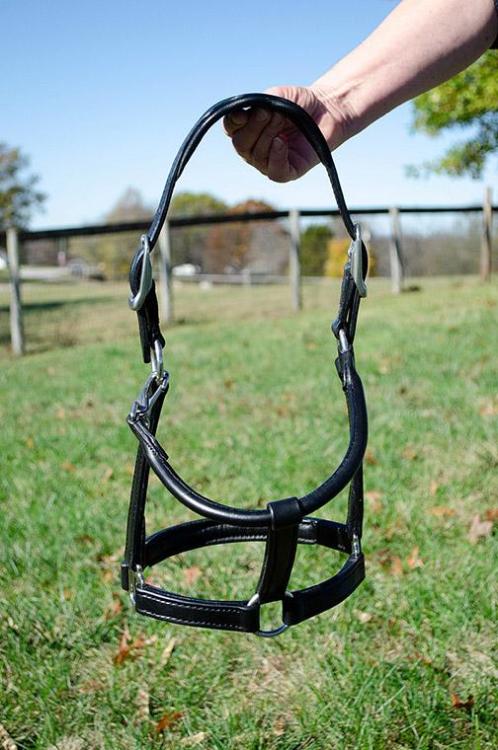
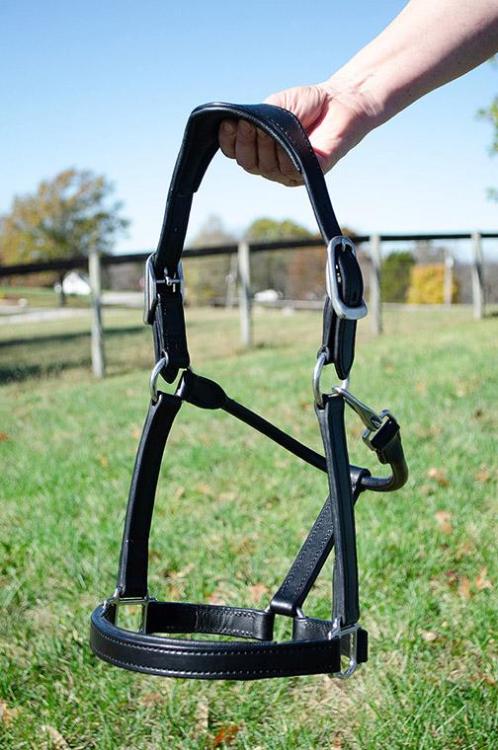
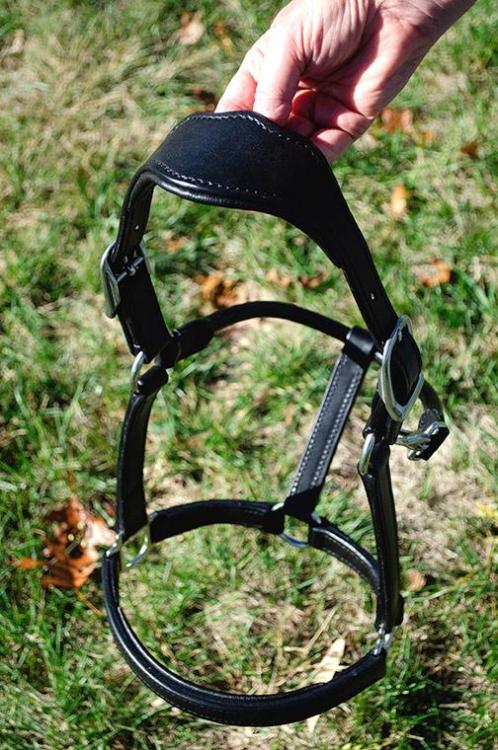
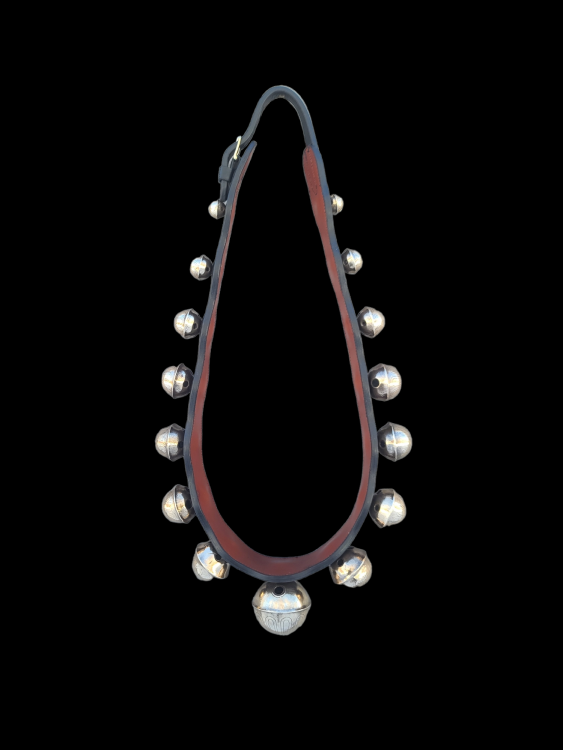
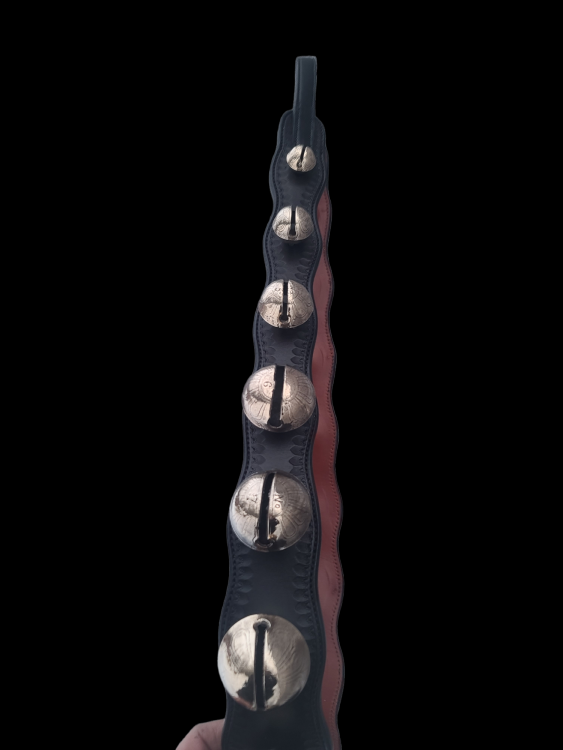


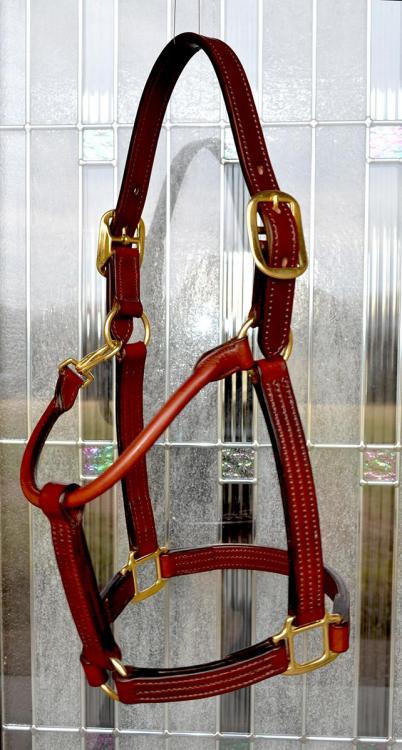
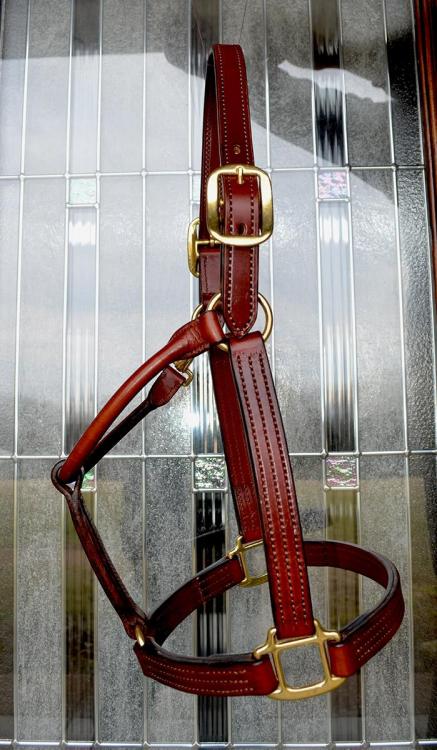
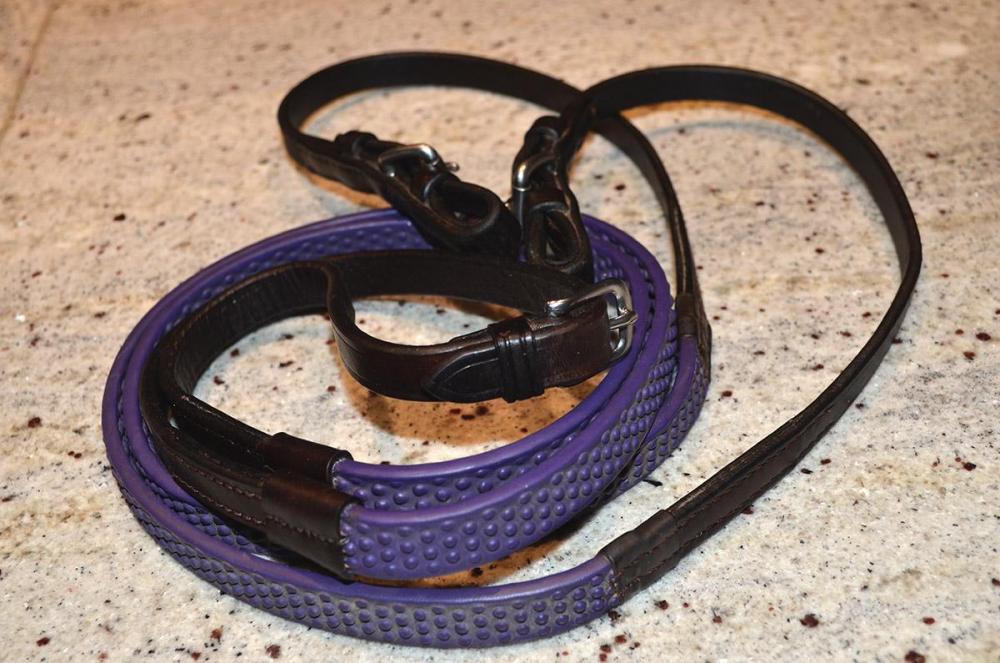
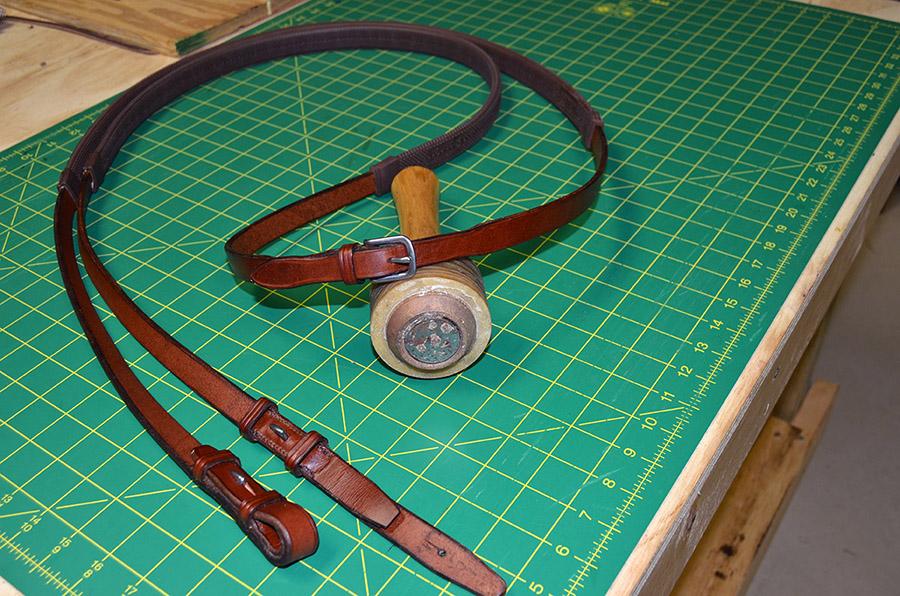
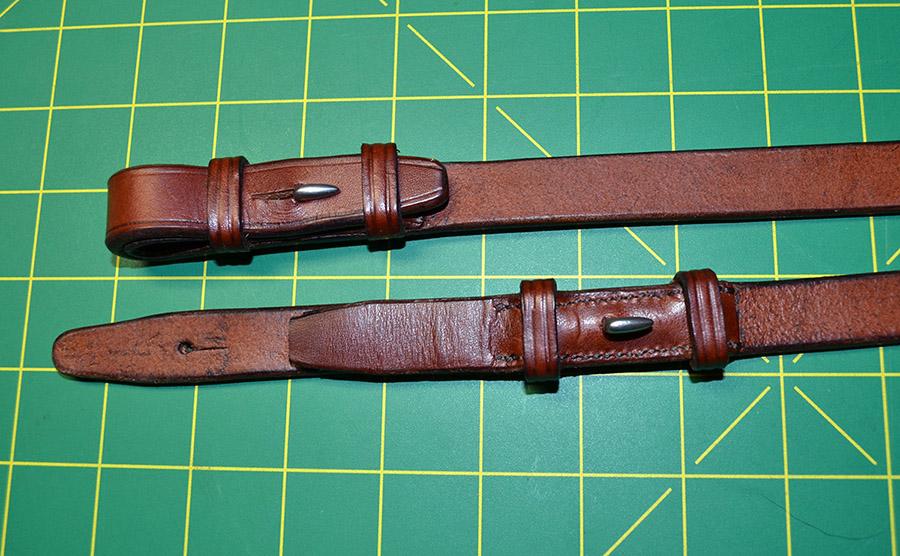
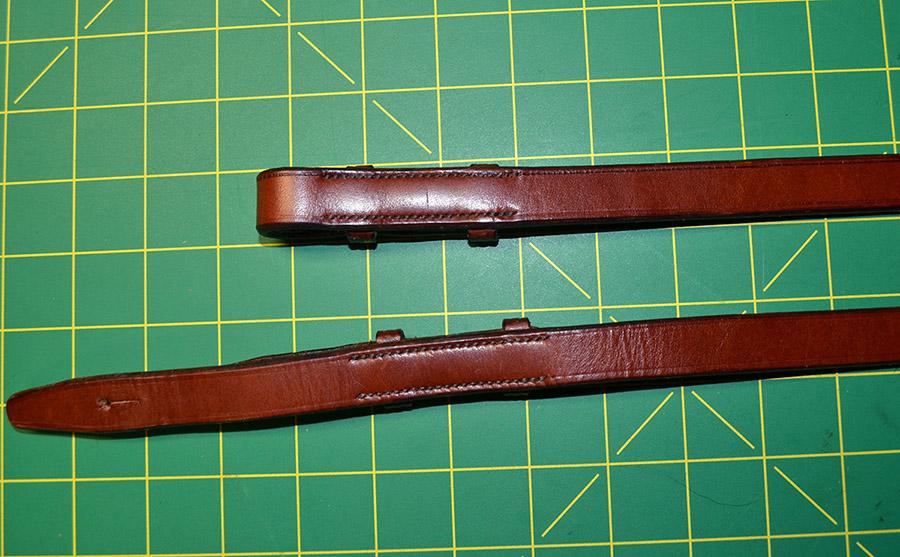
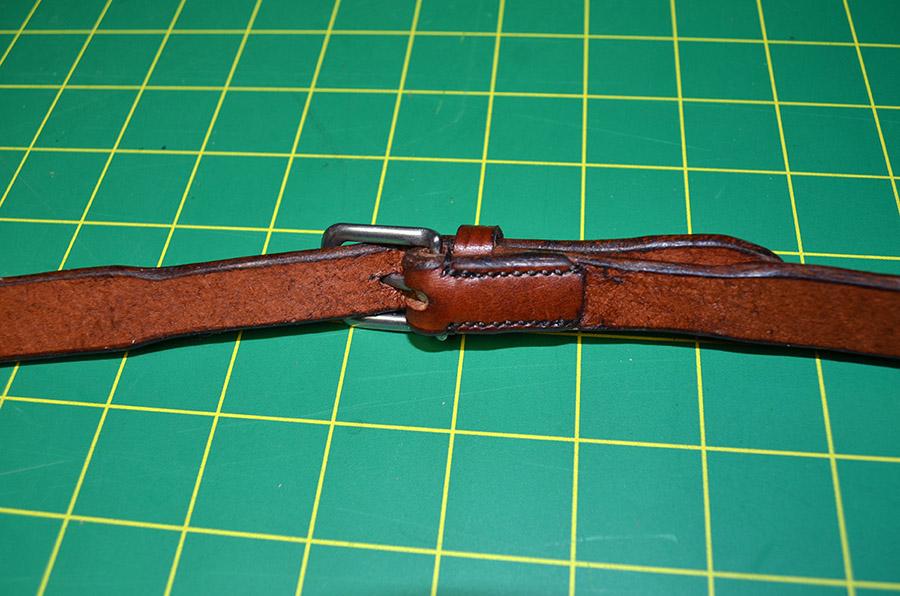
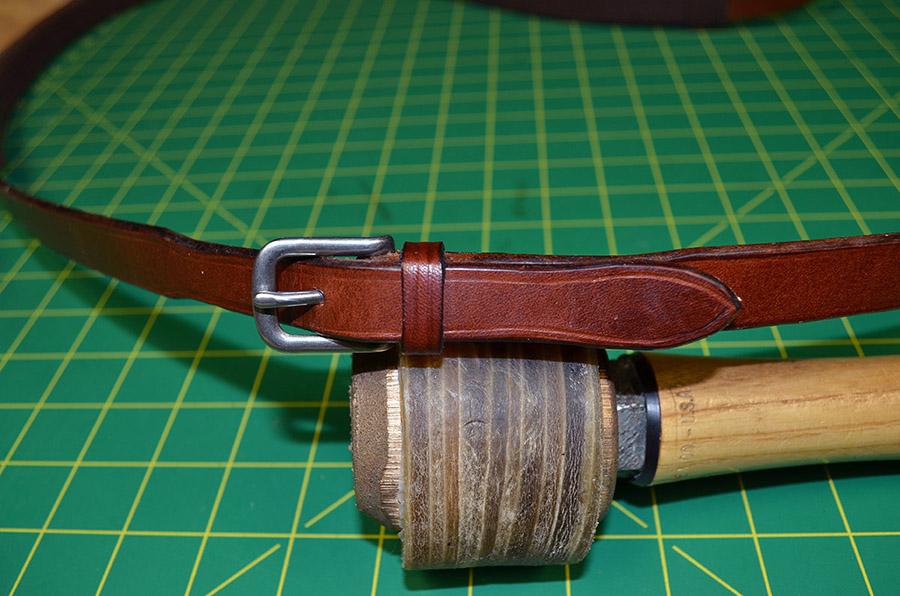
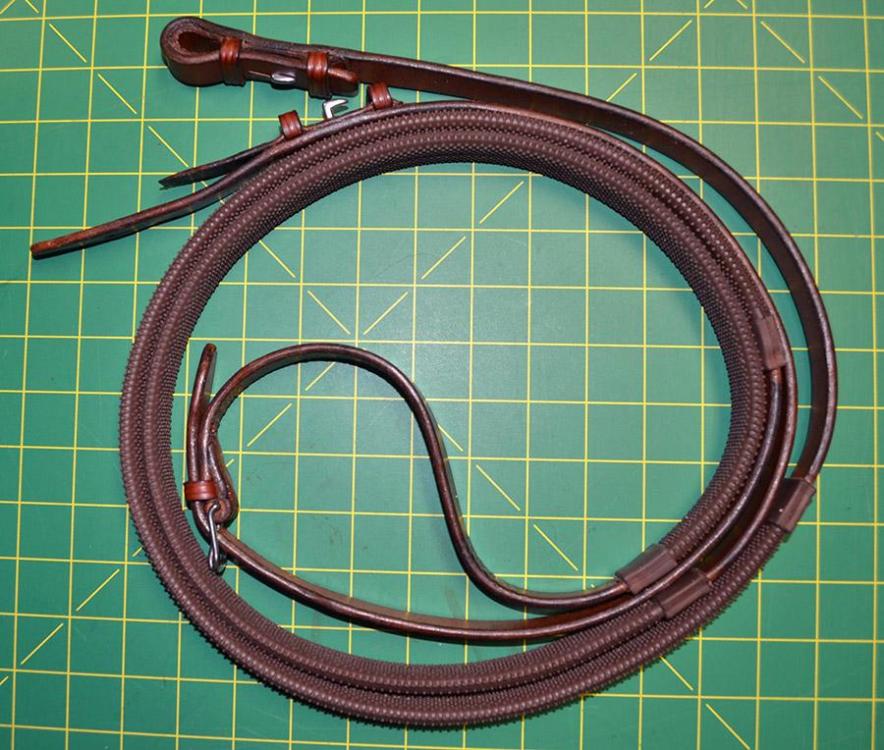
.thumb.jpg.00fae028275e7e9db49bad206b333aa5.jpg)
.thumb.jpg.4ed1dbae8dada980d06392d599329b6e.jpg)
.thumb.jpg.41eefdaaa4455de7a40670b4c44b17c1.jpg)
.thumb.jpg.6e6efa376f6d7569c6a1bbab4fa12b34.jpg)
.thumb.jpg.1b02189853edd1a7a04aeded5141bba2.jpg)

